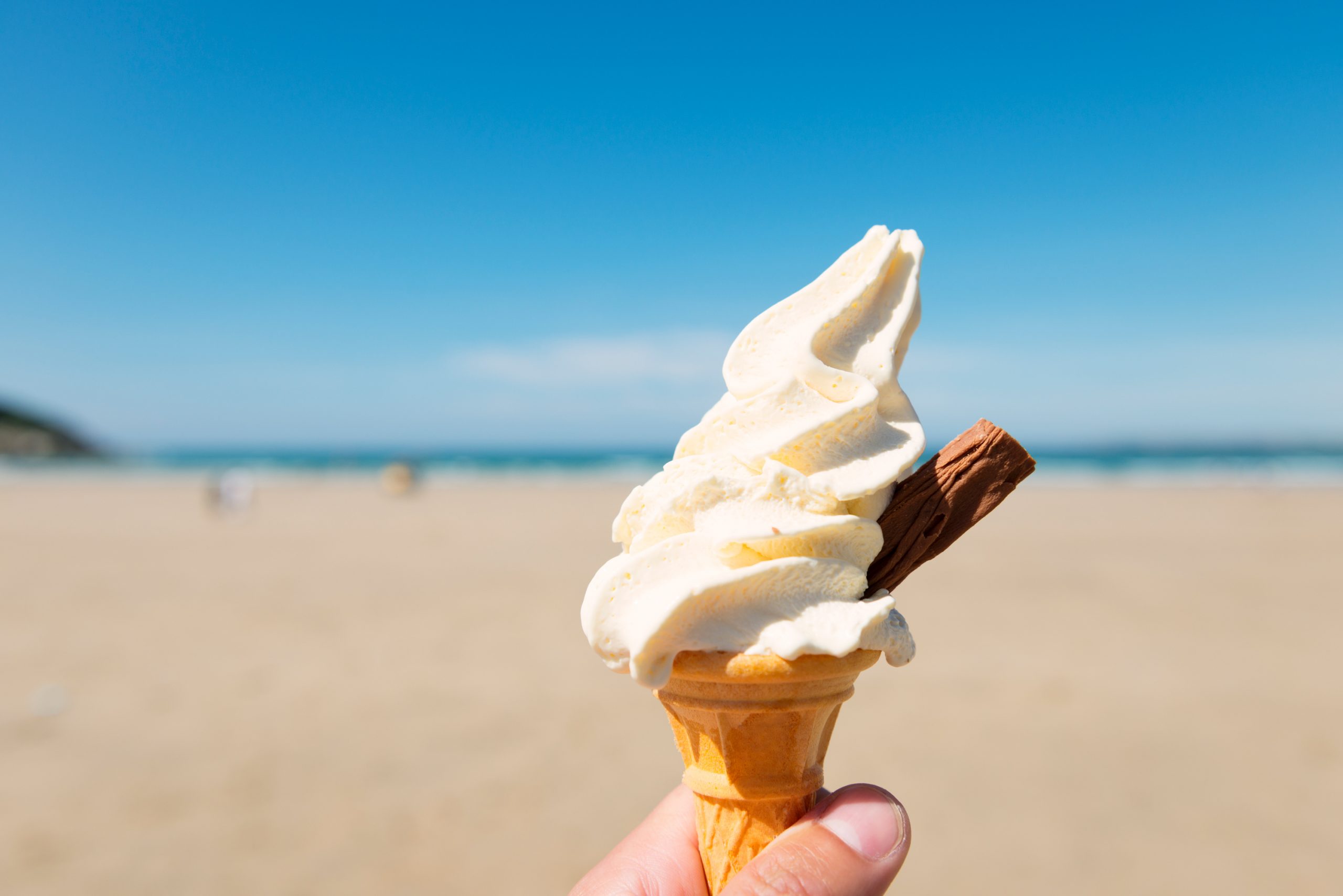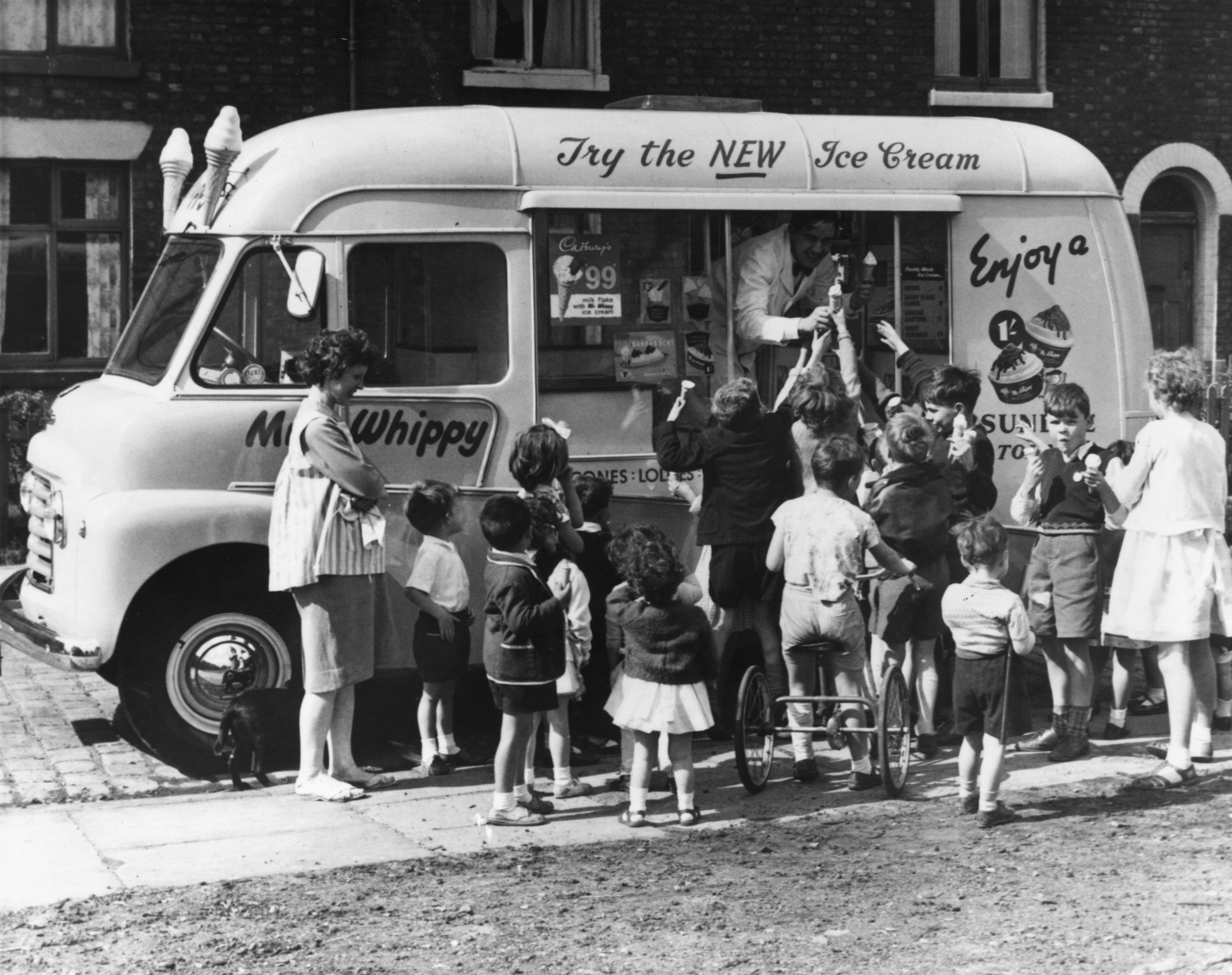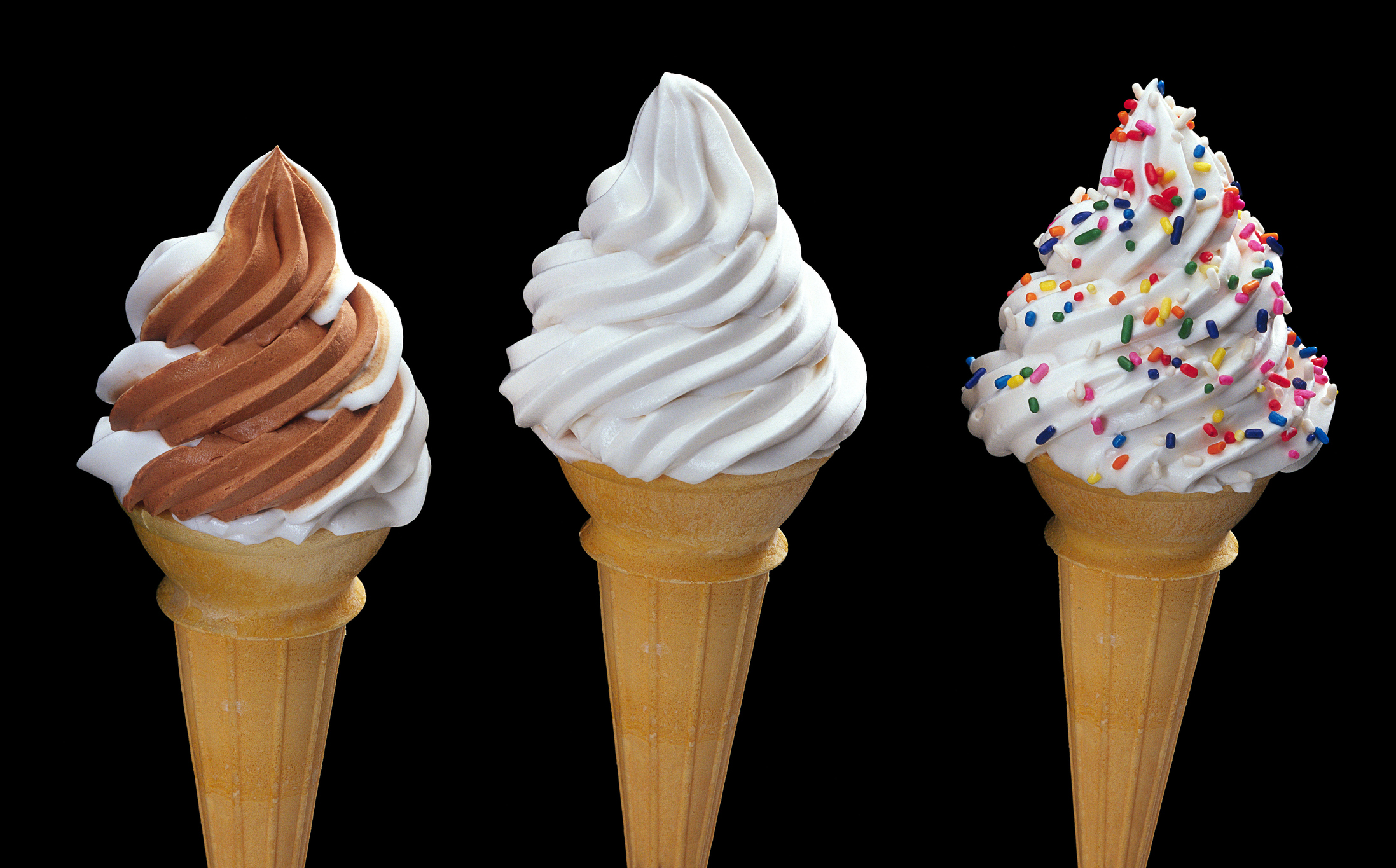Why is a 99 ice cream called a 99?


As the UK finds itself in an unprecedented chocolate Flake crisis, we reveal why a 99 ice cream is called a 99 and other fascinating facts about the fan favourite.
Trips to the seaside, a picnic in the park or a family day out just wouldn't be complete without this cold, sweet classic treat. The 99 ice cream is a staple of many happy childhood memories and day at the British seaside.
Fans of the classic 'My Whippy' were sent into a frenzy this month when Cadbury revealed a "recent increase in demand" had led to a shortage in stock of the Flake chocolate used to top the iconic ice cream. Though they later assured fans that the "product is still available to order", cooling down criticism received by ice cream coveters online.
We take a look back at the history of this national treasure and the all important recipe.
Why is a 99 ice cream called a 99?
A popular explanation as to why a 99 ice cream is called a 99 was based on the the ice cream historically being sold for 99p. But sadly this isn't the case.
"The real reason for '99' Flake being so called has been lost in the mists of time," says Cadbury.
Whilst an exact explanation might not be available, there are certain theories behind the infamous name.
Parenting advice, hot topics, best buys and family finance tips delivered straight to your inbox.
One theory is that the name was coined by Italian immigrant ice cream sellers who wanted to honour their WW1 troops known as 'i Ragazzi del 99'. This translates to 'the Boys of ’99', representing the year they were born - 1899.

It is thought that the soldiers' uniform hats with long feathers faintly resembled the chocolate flakes. And this is what inspired the special name.
Cadbury have similarly suggested that the name could originate from another class of 99 men pre-dating the First World War.
"In the days of the monarchy in Italy, the King had a specially chosen guard consisting of 99 men, and subsequently anything really special or first-class was known as '99' - and that is how '99' Flake came by its name," Cadbury said.
Who invented the 99 ice cream?
Like the 99 name, details of who invented the 99 ice cream have never been confirmed.
The most common theory dates back to 1922 and a guy named Stefano Arcari.
The Italian native moved to Portobello, Scotland after the First World War and opened an incredibly popular ice-cream shop.

The shop was named 99 Portobello High Street and legend says that Stefano would break a traditional flake in half and add to his soft serve. And alas the name was born.
“It has been a family legend for as long as I can remember that my grandad invented the 99," Stefano's granddaughter, Tanya Arcari, told the BBC. "But the problem is we have no proof.”
What is in Mr Whippy?
According to the trademarked Mr Whippy ice cream company, their ice cream is "made primarily from skim milk and cream".
The tried and tested Mr Whippy method uses a machine to slowly and continuously whip and freeze the mixture. And the end result is a concoction that has both an ice cream and whipped cream texture.

As for the flakes themselves - they are made by Cadbury who has been owned by US company Mondelez since 2010.
Interestingly the mini flakes are made in Coolock, near Dublin in Ireland and also in a factory just outside Cairo, Egypt.
The classic Mr Whippy consists of vanilla ice cream and a flake in a cone. But modern variations have seen the Mr Whippy topped with flavoured sauces and colourful sprinkles.

Emily Stedman is the former Features Editor for GoodTo covering all things TV, entertainment, royal, lifestyle, health and wellbeing. Boasting an encyclopaedic knowledge on all things TV, celebrity and royals, career highlights include working at HELLO! Magazine and as a royal researcher to Diana biographer Andrew Morton on his book Meghan: A Hollywood Princess. In her spare time, Emily can be found eating her way around London, swimming at her local Lido or curled up on the sofa binging the next best Netflix show.